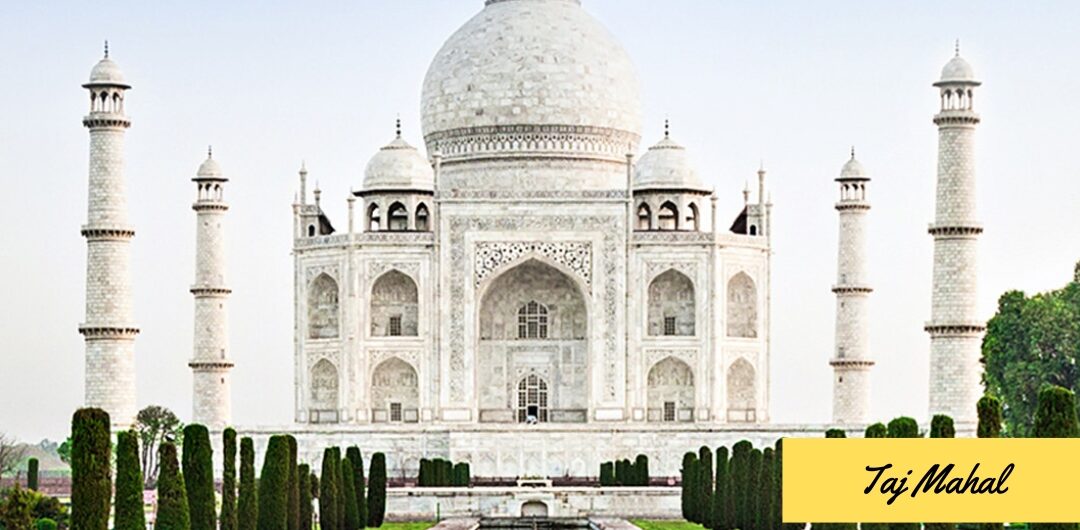Agra is home to some of India’s most iconic historical sites, and while the Taj Mahal draws millions of visitors each year. Agra Fort holds a regal charm of its own. A UNESCO World Heritage Site, Agra Fort isn’t just a monument; it’s a symbol of India’s grand Mughal past. And if you want to witness history, come alive, there’s no better way than experiencing the Light and Sound Show at Agra Fort.
This captivating show offers more than just storytelling it immerses you in the sights and sounds of an era marked by emperors, battles, love, and betrayal. Set against the dramatic backdrop of the fort’s red sandstone walls, it’s a must-attend event for history lovers and curious travelers alike.
A Royal Setting: Agra Fort
Before we dive into the show itself, let’s understand the venue. Agra Fort, built in the 16th century by Emperor Akbar, is a massive fortress made of red sandstone. It served as the main residence of the Mughal emperors for generations and played a key role in shaping the history of India.
Within its towering walls lie beautiful palaces, halls, and mosques including the Jahangiri Mahal, Diwan-i-Aam (Hall of Public Audience), Diwan-i-Khas (Hall of Private Audience), and Musamman Burj. Where Shah Jahan was held captive by his son, Aurangzeb, gazing at the Taj Mahal till his last breath.
It is in this very fort that the Light and Sound Show brings centuries of history to life.
What is the Light and Sound Show?
The Light and Sound Show at Agra Fort is a multimedia presentation combining dramatic narration, music, lighting effects, and historical storytelling. The show is conducted every evening and is staged in the open-air courtyard of the fort. Narrated by some of India’s most respected voices, the show traces the evolution of Agra Fort through centuries of Mughal rule.
From the rise of Akbar to the romantic tales of Jahangir and Noor Jahan, and from Shah Jahan’s architectural. Legacy to Aurangzeb’s ruthless ambition, the show paints a vivid picture of the events that shaped not just the fort but Indian history itself.
Why the Show is Worth Your Time
- Immersive History Lesson: The show offers an engaging way to learn about Mughal history much more exciting than reading a textbook or even a guidebook.
- Atmosphere and Setting: As the sun sets and darkness surrounds the fort, the illuminated walls create a magical atmosphere. The voiceovers and background music add to the experience, transporting you to another time.
- Beautiful Light Effects: The fort is lit up with colorful lights that highlight different architectural elements, enhancing the visual appeal and mood of the story being told.
- Bilingual Shows: There are two shows each evening one in Hindi and the other in English. Making it accessible to both domestic and international visitors.
Show Timings and Details
- Timings:
- Hindi Show: 7:30 PM (Summer), 6:30 PM (Winter)
- English Show: 8:30 PM (Summer), 7:30 PM (Winter)
- Duration: Approximately 1 hour
- Venue: Agra Fort, inside the Diwan-I-Aam or a specially designated courtyard
- Entry Fee:
- Indian Citizens: ₹70
- Foreign Nationals: ₹200
- Children: Concessional rates available
- Tickets: Can be purchased at the fort entrance or online through tourism portals
Tips for Visitors
- Arrive Early: Arrive at least 30 minutes before the show starts to get good seating and explore the fort’s exterior.
- Check Timings: The show timings may vary slightly depending on the season, so it’s best to confirm in advance.
- Dress Comfortably: The show is outdoors, so dress according to the weather light clothes in summer and warm layers in winter.
-
Bring a Camera: While the show may restrict photography, the lit-up fort after the show provides excellent photo opportunities.
Combine It with a Day Tour
Many travelers prefer to visit Agra Fort during the day to explore its architecture and history in detail and return in the evening for the Light and Sound Show. You can also combine it with a visit to the Taj Mahal, Mehtab Bagh, or Itmad-ud-Daulah for a complete Agra experience.
Conclusion
The Light and Sound Show at Agra Fort is more than just entertainment. It’s an emotional and educational journey through time. It adds depth and context to the grand walls and silent corridors of the fort. Allowing you to imagine the lives, decisions, and dreams of the emperors who once ruled India. If you want to end your Agra visit on a memorable note, don’t miss this magical evening experience.


